Termites
Protecting your Home and Family from TERMITES
Talk to an Expert
We’ll be in touch to personalize your pest protection plan:

DESCRIPTION:
___
Eastern subterranean termites are found from Ontario southward and from the eastern U.S. seaboard as far west as Mexico. Termites are social insect which live in large colonies. There are three castes: reproductives, workers, and soldiers. Termite antennae have bead-like segments. The winged reproductive’s have a pair of equally-sized longed wings that are attached to the last two thoracic segments. The wings break off after swarming. The soldiers are wingless with white bodies, rectangular yellow-brown heads which are two times longer than their width, and have large mandibles which lack teeth.
BIOLOGY:
___
A mature queen produces 5,000 to 10,000 eggs per year. An average colony consists of 60,000 to 250,000 individuals, but colonies numbering in the millions are possible. A queen might live for up to 30 years, and workers as long as five years. Colonies are established by winged reproductives, which usually appear in the spring. Swarms typically occur in the morning after a warm rain. A male and female that have swarmed from an established colony lose their wings and seek a dark cavity where they mate and raise the first group of workers. Both of these reproductives feed on wood, tend the eggs, and build the initial nest.
After the workers mature, they take over expanding the colony and feeding the reproductives. As the colony grows larger, light-colored supplementary reproductives are produced to lay eggs, which then become workers. The soldiers, also produced as the colony increases in size, are responsible for repelling invading ants and other predators.

HABITS:
___
Subterranean termite colonies usually are located in the soil from which the workers build mud tubes to structural wood where they then feed. Subterranean termite colonies are always connected to the soil and/or close to a moisture source. Termites digest cellulose in wood. The workers prefer to feed on fungus-infected wood but readily feed on undamaged wood as well. The foraging workers feed immature workers, reproductives, and soldiers with food material from their mouths and anuses.
